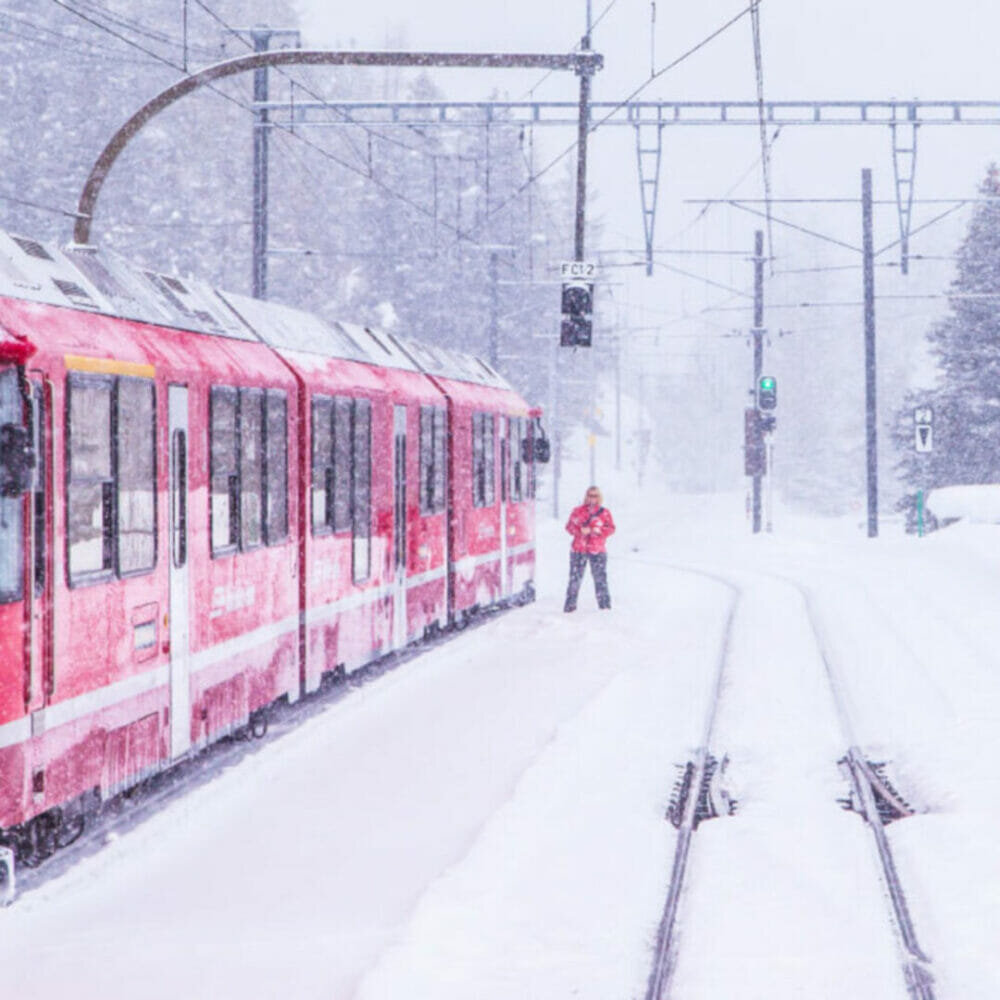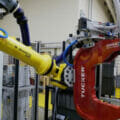Remote telemetry units (RTUs) support efficient power control of electrical switch point heating in railway networks
In cold climates and during winter months, the build-up of ice and snow on rail tracks, switching points and signals can cause severe disruption and worse, accidents or derailment. This is why operators of networks that endure such conditions invest heavily in heating systems and labour to maintain the operational integrity of their track. It’s also why SAN Railway Systems, a provider of high quality point heating elements for railway networks, turned to Ovarro’s remote telemetry systems — and achieve significant energy savings as a result.
Traditionally, heating systems would maintain the track and points at a constant temperature a few degrees above freezing, or teams of people would work on call around-the-clock clearing snow and ice. The most susceptible parts of rail track to ice and snow build-up are switching points, which in turn can cause signalling systems to malfunction resulting in major disruption.
Point heating systems help avoid this by preventing three factors. First, by preventing the moving rail from freezing to the fixed rail; second, the moving rail from freezing to the side plates; and, third, preventing the build-up of compact snow and ice between the switch and fixed rail.
Ready in all seasons
However, these contingencies are a challenge for major rail operators. They require teams of people to work around-the-clock, or for systems to work constantly to maintain track temperature, irrespective of the weather or outside temperature. This is clearly inefficient practice and a waste of valuable resources.
SAN Railway Systems, a provider of high quality point heating elements for railway networks, sought to overcome these issues — specifically in the use of its System Blue Point system for efficient power control of electrical switch point heating in railway networks. SAN’s control technology is designed to secure reliable railway traffic through the switch points under snow or icing conditions, using a minimum of energy.
But it needed a remote telemetry system to match. This is where Ovarro’s TBox range of remote telemetry units (RTUs) came into play. They are designed to automate, control and monitor the track and point heating system.

Within SAN’s System Blue Point setup, TBox RTUs control power to the heating elements in the system based on custom-set parameters. These parameters relate to factors like current weather, weather forecasts and rail temperatures. As a result, the heating elements work only when they are needed — making energy savings of up to 70 per cent compared with traditional thermostat-set alternatives.
For operators, this removes the need for an unnecessary always on solution. With the TBox, operators can reduce their energy consumption and labour costs while improving their service through by minimising disruptions.
Energy savings
Ovarro’s TBox RTUs are currently used in many installations for the remote monitoring and automation of railway heating systems that prevent build-up of ice and snow. The devices log data and provide reports for equipment run-time and weather condition data to notify maintenance staff of an approaching milestone.
By instead using a programmable device, the TBox provides significant savings compared to older techniques in which the heaters are constantly on all winter or operated by thermostat. For large railway operators like SAN Railway Systems, this can also save money by reducing the number of site visits conducted for maintenance and inspection purposes.
Because it provides safety and reliability, and also provides major savings in energy costs, SAN Railway Systems uses the TBox consistently for major operators throughout Europe — including in cold climates and during winter months.








